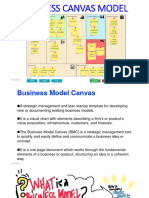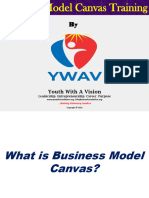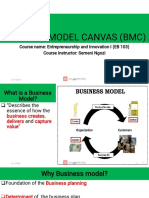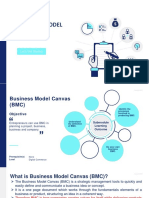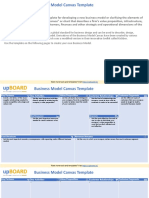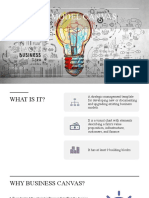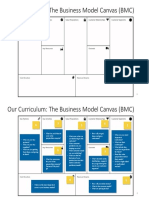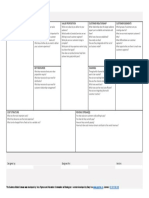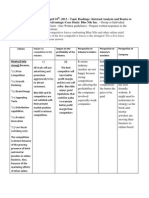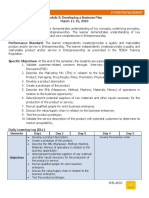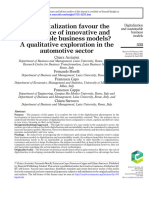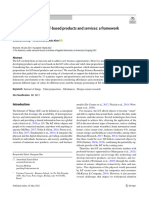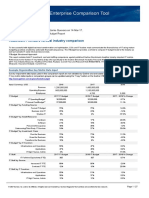0% found this document useful (0 votes)
4 views7 pagesModule 3 - Business Model Canvas (BMC)
Module 3 focuses on the Business Model Canvas (BMC), a visual tool that provides a comprehensive overview of a business's operations, customers, and revenue streams. Participants will learn the importance of the BMC, its key components, and how to develop their own BMC for strategic planning and communication. The module emphasizes the iterative nature of the BMC, allowing businesses to adapt and improve based on market changes and feedback.
Uploaded by
naomishalommanyoniCopyright
© © All Rights Reserved
We take content rights seriously. If you suspect this is your content, claim it here.
Available Formats
Download as PDF, TXT or read online on Scribd
0% found this document useful (0 votes)
4 views7 pagesModule 3 - Business Model Canvas (BMC)
Module 3 focuses on the Business Model Canvas (BMC), a visual tool that provides a comprehensive overview of a business's operations, customers, and revenue streams. Participants will learn the importance of the BMC, its key components, and how to develop their own BMC for strategic planning and communication. The module emphasizes the iterative nature of the BMC, allowing businesses to adapt and improve based on market changes and feedback.
Uploaded by
naomishalommanyoniCopyright
© © All Rights Reserved
We take content rights seriously. If you suspect this is your content, claim it here.
Available Formats
Download as PDF, TXT or read online on Scribd
/ 7









